Insurance Sector Update - DRHP Analysis #3: Deep-dive into Medi Assist prospectus and insights for TPA industry in India By ICICI Securities

DRHP Analysis #3: Deep-dive into Medi Assist prospectus and insights for TPA industry in India
Insights for the health insurance industry and in particular Third Party Administrator (TPA) segment from our analysis of Medi Assist Health Services (MAHS) red herring prospectus are (1) TPAs are a play on aggregate health insurance growth including segments like pubic insurers, group health and public health schemes; 2) the choice for the last mile (claim servicing) to the insured between TPA and insurers will depend upon respective strength of hospital networks, ability to negotiate tariffs and digital capabilities; 3) the relationship between insurers, TPA and hospitals will only deepen going ahead leading to innovation in products, wider coverage and lower frauds; 4) Expected more than 20% growth in health insurance remains fundamental investment thesis for all stakeholders in the health insurance sector
* Market share, hospital/corporate network are key business strengths for TPAs but some insurers believe that claims management is central to customer service proposition. Case in hand, MAHS has a pan-India healthcare service provider network, which comprises over 11,000 hospitals across 722 cities and towns in India, as at March 31, 2020. However, the industry remains split in their business strategy. As at FY20, industrywide, insurers in-house managed 40% of the total premium serviced. Rest 60% was serviced by TPAs [MAHS (17%), FHPL (9%), MDIndia (9%) and Other TPAs (24%)]. Share of in-house processing of claims is highest in retail business (53%) followed by group (33%) and public schemes (27%) as at FY20. On other hand, there have been various private insurers enhancing focus towards in-house claims processing.
* TPA is an aggregate play on health insurance growth in India. TPA benefits from growth in group insurance and public health schemes in addition to the retail business. It also benefits from growth in pubic insurer premiums (typically have higher loss ratios, hence are more dependent on TPAs). Hence, TPA is indeed an aggregate play on health insurance. Case in hand, MAHS has market share of 24% in group business, 8% in retail health and 18% in public schemes as at FY20. MAHS group’s GDPI has grown at 18% CAGR between FY18-FY20 while retail has grown at 26.5%. However, higher working capital, periodic rate negotiation, many-to-one relationship between TPA and insurers, and increasing in-house servicing by a few leading insurers, are critical aspects of the business. Aggregate yields (‘revenue earned’ to ‘premium under management’ has marginally dipped from 4.2% in FY18 to 4.1% in FY19, 4.1% in FY20, and 3.9% in 9MFY21 (annualised). MAHS working capital days stood at 165/151 days in FY19/20. MAHS EBITDA margin stood at 25.7%/26.4% in FY20/9mFY21. RoE of MAHS improved to 18% in FY20 compared to 16% in FY19.
* What RTA is to AMC, TPA is to health insurance – a comparative analysis between CAMS and Medi Assist. In many ways, the analogy is valid, but relative position seems better for CAMS for the following reasons: 1) MAHS has lower than CAMS’ market share of ~70% of Indian AUM; 2) higher working capital in TPA business; and 3) the many-toone relationship of hospitals/insurers with TPA players. However, the yield decline for MAHS with growth in premium has been lower than CAMS (between FY18-FY20, CAMS’ yields shrunk from 0.04% to 0.034% versus MAHS’ yields decline of 4.2% to 4.1%. FY18- FY20 average RoE of CAMS/MAHS stood at 34%/18% respectively. As of FY20, in terms of FCF, MAHS reported an outflow of Rs16mn while CAMS had an inflow of Rs1.8bn.
* How global players have performed. We have analysed performance of TPA sections of Arthur J. Gallagher & Co, Crawford & Co, and CorVel Corp. AJ and CorVel have seen revenue CAGRs of 1% and 3% respectively, while Crawford witnessed a decline at 5% CAGR between 2018-2020. Operating margins of AJ and CorVel are stable at 14.8% and 10% respectively while that of Crawford has declined from 9.1% to 5.9% during the same period. Lower claims due to covid have impacted TPA revenues in 2020. AJ Gallagher revenue model comprises of fees generally negotiated (i) on a per-claim or per-service basis, (ii) on a cost-plus basis, or (iii) as performance-based fees.
To Read Complete Report & Disclaimer Click Here
For More ICICI Securities Disclaimer https://www.icicisecurities.com/AboutUs.aspx?About=7
Above views are of the author and not of the website kindly read disclaimer


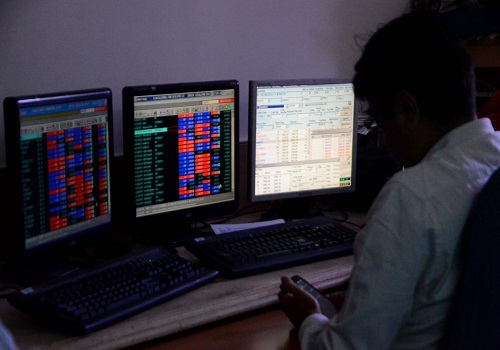


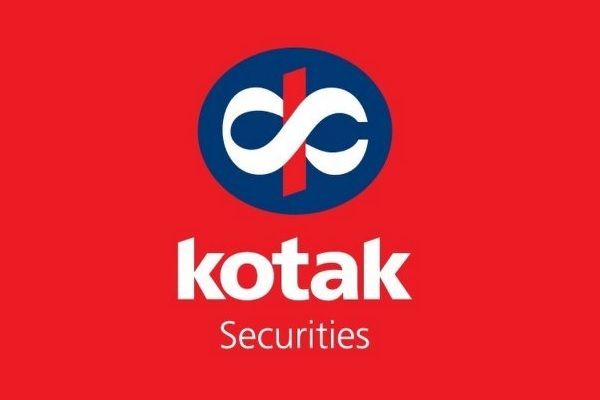

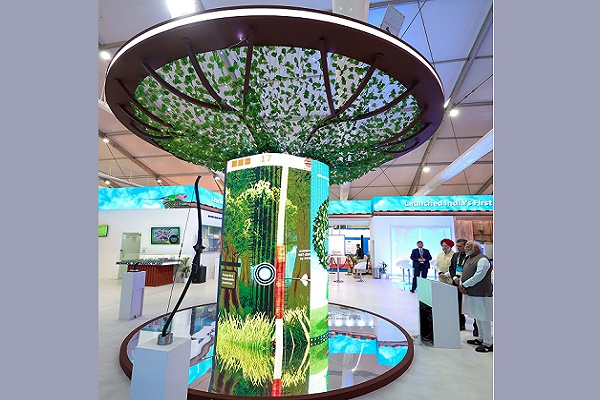
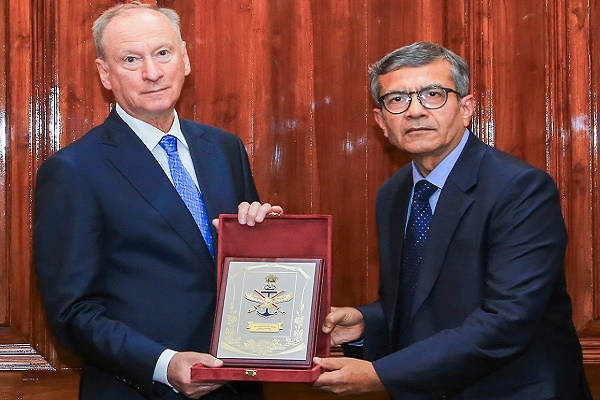
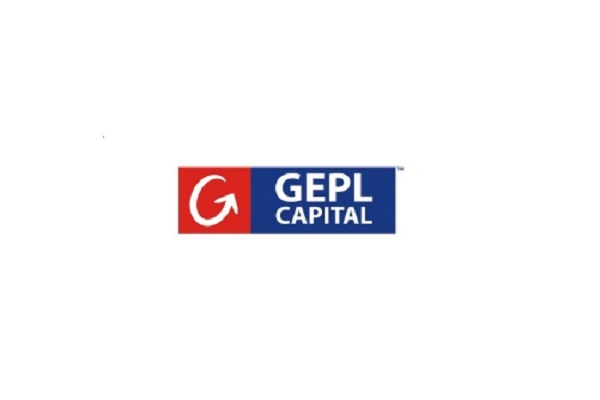
Tag News
More News
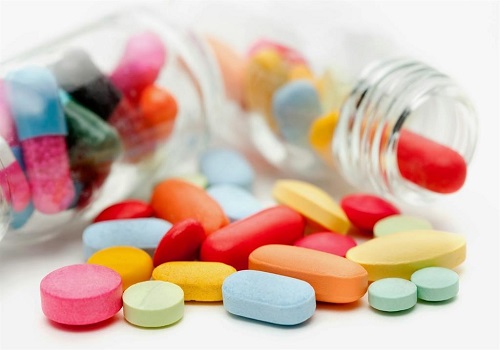
Pharmaceuticals Sector Update : IPM Aug-25 ? The usual suspects remain outperformers By Emk...









